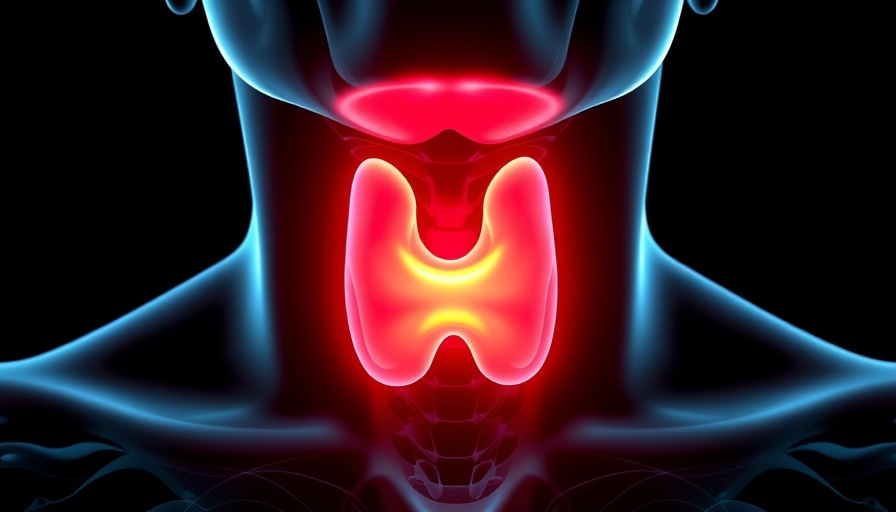
A Warning from Nature: Understanding Landslides
As the landscapes of our planet continue to shift and change, a recent landslide in Sudan serves as a stark reminder of nature's unpredictable power. Scientists have raised alarms about the likelihood that this event won’t be isolated. Just like many communities, our mental wellness is often affected by such natural disasters, reminding us of the fragility of life. This is especially pertinent for those working tirelessly to improve their overall wellness profile.
The Mental Health Impact of Natural Disasters
Natural disasters can evoke a range of emotions from fear and anxiety to grief and helplessness. For those committed to enhancing their mental health, recognizing these feelings is crucial. Researchers emphasize the importance of community support during these challenging times. By coming together, we can foster resilience, showing that unity in the face of disaster can bolster not just our spirits, but also our mental wellness.
Why Being Informed is a Step Towards Healing
Staying informed about natural occurrences like landslides can empower individuals. Knowledge of potential risks allows communities to prepare better, cultivating a sense of control that can ease anxiety. Engaging with local groups, participating in neighborhood action plans, and understanding the effects of climate change can enhance your connection to both your environment and your fellow community members.
The Role of Individual Responsibility
Everyone has a part to play. By adopting sustainable practices and advocating for the environment, we can contribute to reducing the occurrence of such disasters. This not only nurtures our planet but also reinforces our own mental well-being by instilling a sense of purpose.
Taking Action Together
Putting knowledge into action multiplies its impact. Join or create community groups focused on disaster preparedness, mental health workshops, or environmental responsibilities. Not only does this expand your social network, but it also directly contributes to a healthier, more resilient community.
 Add Row
Add Row  Add
Add 



Write A Comment